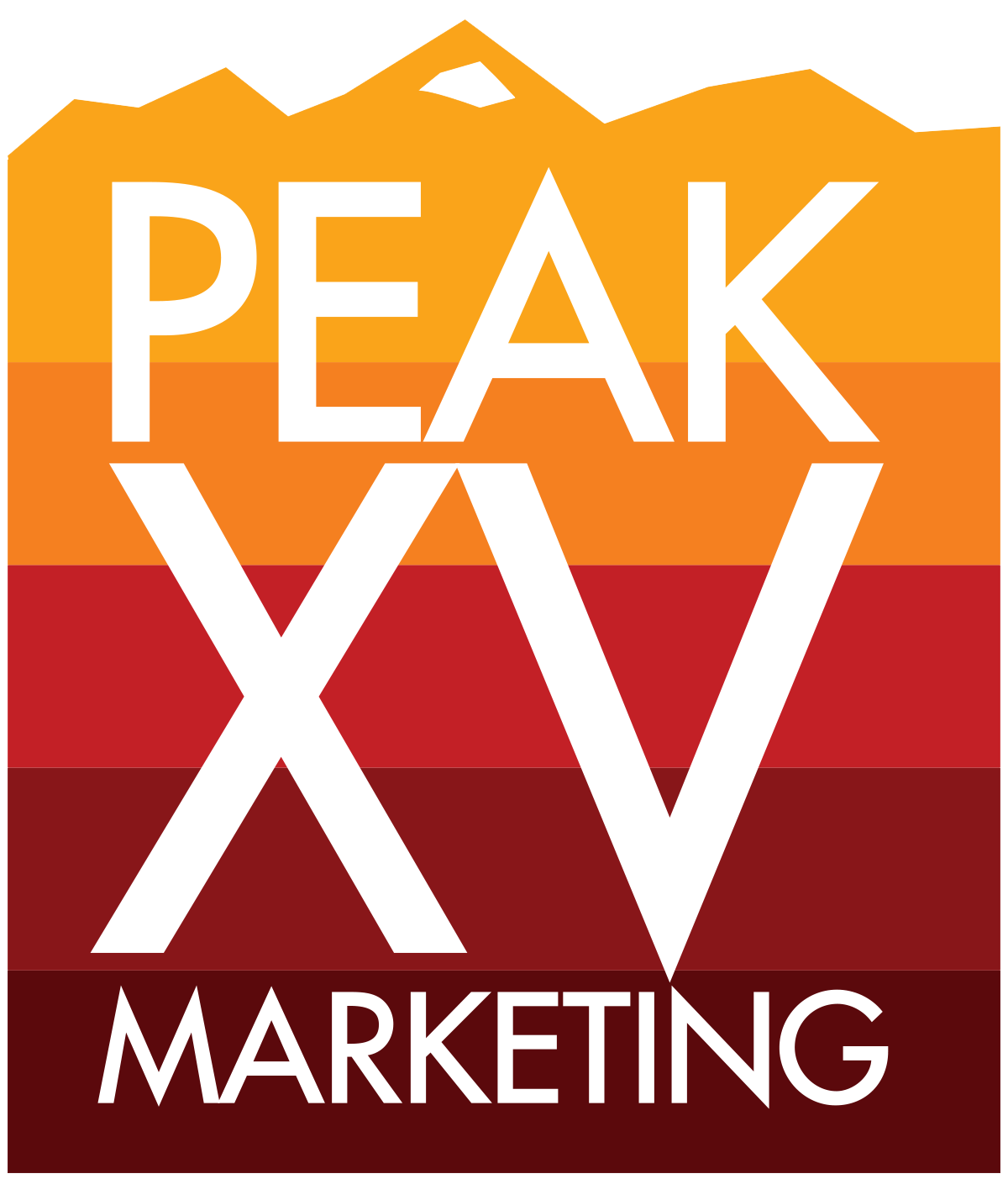A couple years ago while working on a project for a national brand a friend came up with an idea we all thought was sure to be a social viral hit. It went like this: combine adorable puppies looking at products while shopping and mix in clever text. We called it “Puppies with Products”.
When we launched the series of posts on Facebook and Instagram we eagerly waited for people to start liking, sharing and commenting.
How’d it go? Not well.
So what went wrong? Viral posts are dependent on factors such as: timeliness, topic, relevancy and who the post is coming from. Our posts clearly weren’t viral as they only were reaching a few thousand people and registered few likes and shares. At this point we knew to gain any traction we needed to put Facebook/Instagram ad dollars behind the posts.
Facebook Turns Off the Organic Spigot
A huge change shook up the social media landscape not too long ago. The number of people who saw your organic Facebook posts (non-ad) started declining. If you started a Facebook page before 2015, often your organic posts were reaching a large number of people who Liked your page. Now your posts only reach a very small fraction of people, and sometimes no one at all.
According to this Facebook post there were two main reasons for the steep decline:
Growth of Facebook caused more competition for views in a person’s News Feed
Algorithms on Facebook determine what content is most relevant and prioritize it in your News Feed
Sometimes it feels a little like Facebook is only trying to get businesses to spend ad dollars to have their content seen. That’s not altogether wrong, however according to Facebook “If people are more active and engaged with stories that appear in News Feed, they are also more likely to be active and engaged with content from businesses.”
The Fallacy of Page Likes
Before 2015, getting people to Like your page paid off huge dividends. It was a simple formula: more page likes = more people reading your posts. This drove a lot of effort and dollars into growing the number of “Likers” on your page.
With the Facebook News Feed changes all those “Likers” will now not likely see your organic posts. For example, McDonald’s has nearly 70 million who like their page, but when they do an organic post it only reaches less than .05% (about 34K people). We’ve seen this happen across all sorts of Facebook client pages, even media/news pages.
Great posts
Every post you create on Facebook needs a strategy to drive engagement. Engagement rate is a metric that measures how many people who liked, shared, commented or clicked on your post divided by people who saw your post.
To drive engagement and increase your post’s relevancy, you need to focus on great content that makes an impact on peoples’ lives. It could be funny, cute, entertaining, educational, or provide an offer.
All this doesn’t mean there’s no value in the “Likers” of your page. You just need a paid push to get your posts going. In the “Puppies with Products” case we saw engagement increase by increase by over 3,000% once we put dollars behind it to reach people.
Paid Push
What you’ll see with a strong paid social media post is your organic reach will grow as more people engage with your post. Most notably, a comment or share will signal to Facebook News Feeds the content is more relevant and the post will pick up additional organic views.
The other important factors to promoting a post are the target audiences you define and the dollars you spend. Both significantly impact your reach and whether or not people will receive the post positively.
Create. Consume. Convert.
At Peak XV Marketing, our number one goal is to create a plan to help your business digitally own your neighborhood. We help pick the best digital marketing options for people to easily consume on online. When all the parts come together, you will have an effective digital marketing strategy without breaking the bank and see new customers convert.

